What Size Stone Can a Stone Crusher Process?
Understanding the feed size limits of different crushers is the key to maximizing efficiency and extending machine life.
One of the most frequent questions we receive at Baichy Machinery is: "Can this crusher handle my rocks?" The answer, as with most engineering questions, is: it depends on the crusher type. Choosing the right equipment based on your raw material size is not just a suggestion—it's a critical operational requirement.
The Golden Rule: Feed Opening vs. Feed Size
Before diving into specific models, there is a universal rule in the crushing industry. The maximum feed size should generally not exceed 80-85% of the crusher's feed opening width.
Why limit the size?
Forcing stones that match the exact width of the opening leads to "bridging" or blocking, which stops production and creates dangerous clearing situations. It also accelerates wear on the jaw plates or impact blow bars.
1. Jaw Crushers: The Big Eaters
Jaw crushers are designed as primary crushers. Their job is to take the "run-of-mine" (ROM) raw blasted rock and reduce it to a manageable size for secondary crushers.
- Small Models (PE-400×600)Max Feed: 340mm
- Medium Models (PE-750×1060)Max Feed: 630mm
- Large Models (PE-1200×1500)Max Feed: 1020mm
- Baichy Giant SeriesMax Feed: Up to 1200mm+
Baichy Tip: If your blasted rock is predominantly larger than 1000mm, you may need a specialized primary gyratory crusher or a hydraulic hammer breaker before the jaw crusher.
2. Impact Crushers: The Shapers
Impact crushers (like the PF series) are typically used for secondary crushing of softer to medium-hard materials (limestone, coal). They excel at creating a cubic product shape.
Because they rely on the kinetic energy of blow bars hitting the stone, the feed size is more restricted than jaw crushers.
- Standard Impact Crushers: Typically process stones between 300mm and 500mm.
- Heavy Duty Impact Crushers: Can occasionally handle up to 800mm if designed with a large intake, but this increases wear significantly.
3. Cone Crushers: The Hard Rock Specialists
Cone crushers are the workhorses for secondary and tertiary crushing of hard, abrasive materials like granite and basalt. They are precision machines.
Typical Limit
Usually restricted to 150mm to 300mm depending on the cavity profile (Coarse vs. Fine).
Summary Table
| Crusher Type | Ideal Feed Size | Best Application |
|---|---|---|
| Jaw Crusher | 125mm - 1200mm | Primary Crushing (Hard Rock) |
| Impact Crusher | 300mm - 500mm | Secondary (Soft/Medium Rock) |
| Cone Crusher | 50mm - 300mm | Secondary (Abrasive Rock) |
| VSI (Sand Maker) | < 50mm | Shaping & Sand Making |
Conclusion
Selecting a crusher isn't just about output capacity; it starts with the input size. Overloading a small crusher with large stones is a recipe for downtime. At Baichy Machinery, we engineer our crushers with generous feed openings and robust toggle plates to handle the tough realities of quarry life.
Not sure which machine fits your material?
Our engineers can analyze your raw stone size, hardness, and output requirements to design the perfect crushing line for you.
Trusted by 1000+ mines worldwide. Henan Baichy Machinery Equipment Co., Ltd.




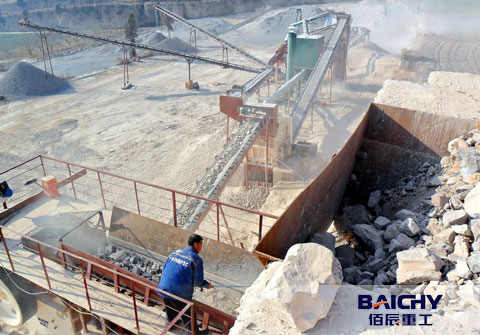
 2025-11-27
2025-11-27
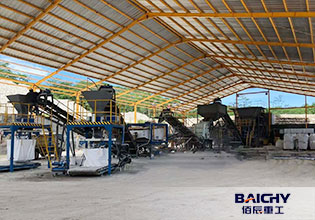


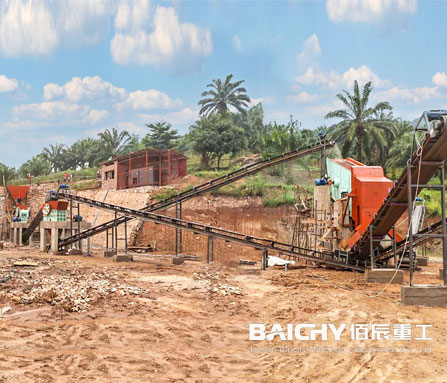

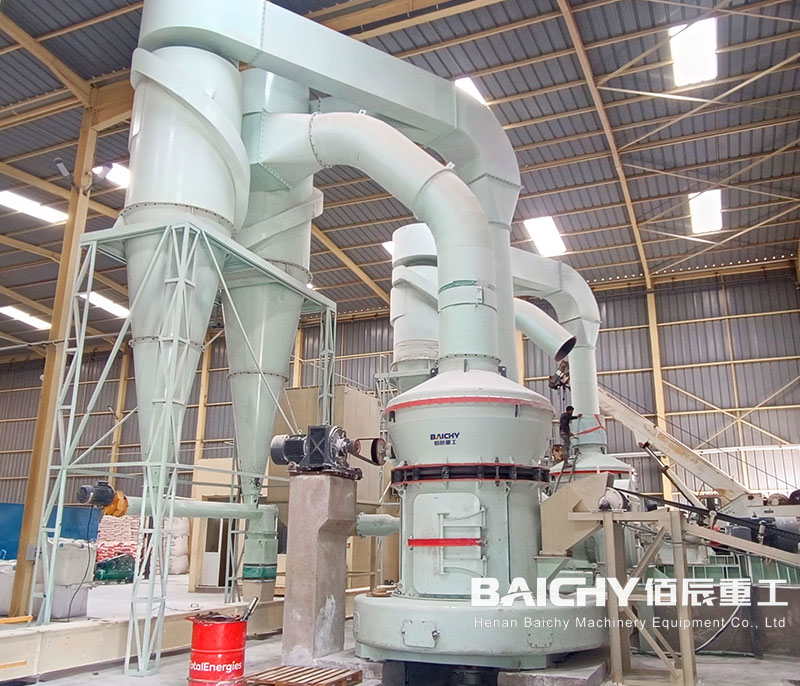
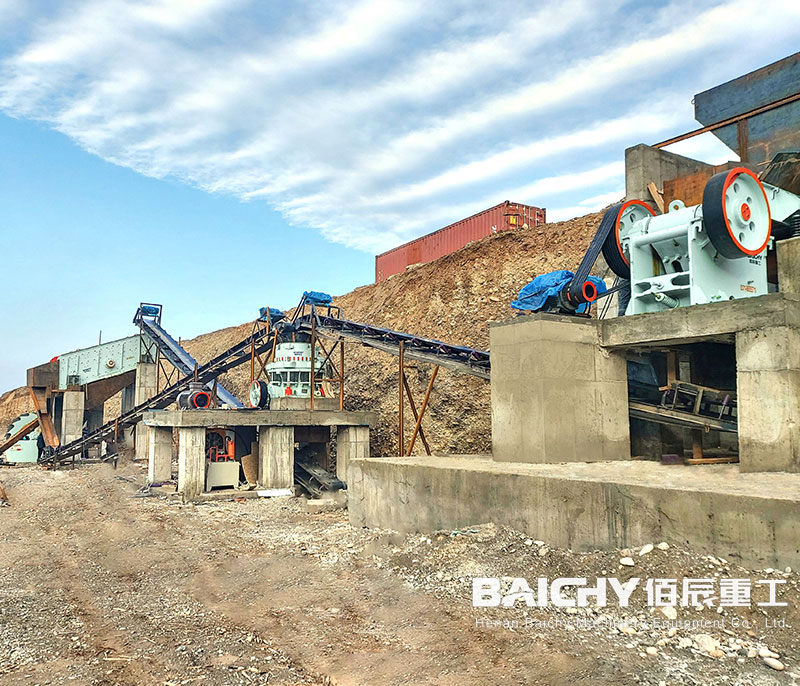














 86-15093113821
86-15093113821
 86-15093113821
86-15093113821

